By Wang Ru | China Daily | Updated: 2023-12-09 11:22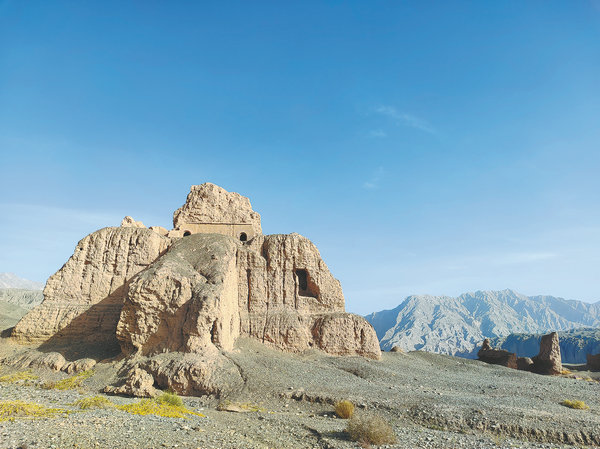 In September, when UNESCO Director-General Audrey Azoulay visited Zhoukoudian in suburban Beijing, which is famous for the discovery of Peking Man, who lived between 700,000 to 200,000 years ago, and was one of the first specimens of Homo erectus to be found, she was full of praise for the structure that successfully protected Yuanrendong Cave from an unusual rainstorm in July. The karst cave in the central area of the site has so far revealed the fossilized remains of 40 individuals. The structure protects the site from the weather, including heavy wind, snow and hail, and its design coordinates with the surrounding environment, Qin Changwei, secretary-general of the Chinese National Commission for UNESCO, said at the 2nd World Cultural and Natural Heritage Forum in Beijing on Nov 17 and 18. "It provides a reference for the protection of precious cultural relics, and suggests measures for helping heritage sites respond to the influence of climate change." 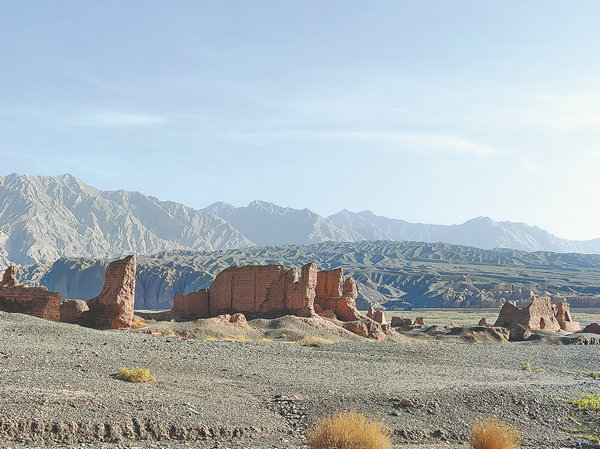 Organized by the World Heritage Institute of Training and Research for the Asia and the Pacific Region under the Auspices of UNESCO (Beijing), the School of Archaeology and Museology at Peking University, and the China Foundation for Cultural Heritage Conservation among others, the forum brought together some 50 professionals to discuss the protection and sustainable development of heritage sites. Scholars elaborated on the influence of climate change on heritage sites, and offered suggestions for how to cope. "Entering the 21st century, climate change has been the subject of in-depth discussion by the UNESCO World Heritage Committee. Questions like how to balance between humans and nature, how to respond to natural disasters caused by climate change, and what new challenges this brings to World Heritage Sites, are worth consideration," says Qin. "Addressing the issue requires multi-sectoral and interdisciplinary cooperation, making full use of cutting-edge technology, such as space and digital technologies, and jointly developing risk prevention and response plans," he adds. Heritage faces growing weather threat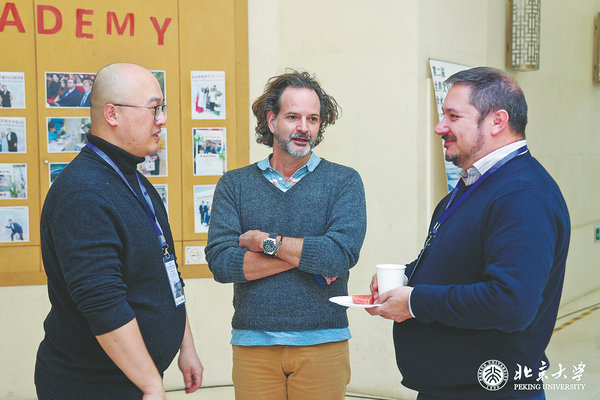 Du Xiaofan, a professor at the Department of Cultural Heritage and Museology of Fudan University, says that frequent rainfall has damaged the Subashi Buddhist Temple Ruins in Kuqa, Xinjiang Uygur autonomous region, a large-scale, well-preserved complex on the Silk Road, and calls on more protection. Subashi was included as part of UNESCO World Heritage Site Silk Roads: the Routes Network of Chang'an-Tianshan Corridor in 2014. Du says that it has rained frequently in the temple area in recent years. "When we were doing field research in Kuqa last year, I stayed for 10 days, five of which were rainy. At first, I thought this was an unusual situation, but after talking to the staff, I found out that it has often rained there in recent years," says Du. Meteorological data show that since the 1990s, rainfall in the temple area has continuously increased, with the exception of 2015. Moreover, when it rains, it's usually heavy. 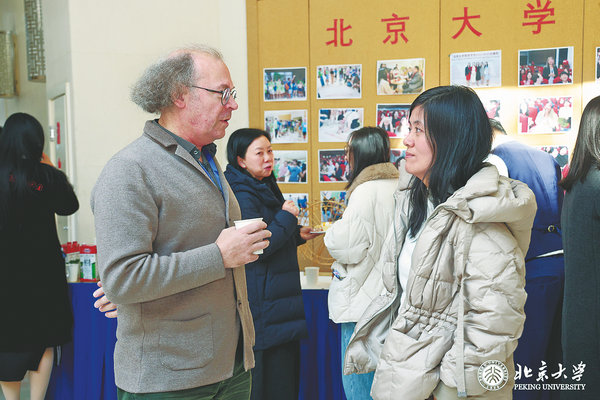 Torrential rain leads to surface runoff, which can erase sections of temple foundations. Damage of the foundations is very difficult to undo, he continues. Water also now accumulates in flat, riverside areas, leading to subterranean erosion and building collapse. Efforts have been taken to protect the site, including the building of a flood control dam, but Du hopes that more measures would be taken in the future. He suggests carrying out studies of the site as soon as possible, including a hydrogeological and meteorological assessment of its susceptibility to natural disasters, a study of the characteristics and mechanisms of damage, and research into preservation materials and techniques. "There are many pagodas on the site. Some people say they have stood for more than a thousand years without falling, so why should we interfere in now? But before, they were like a person in their 60s or 70s, and had longer to live, so the situation didn't seem to be urgent. Now, they're like an elderly person in their 80s or 90s, approaching the limits of their life, so, it's time to do something," says Du. 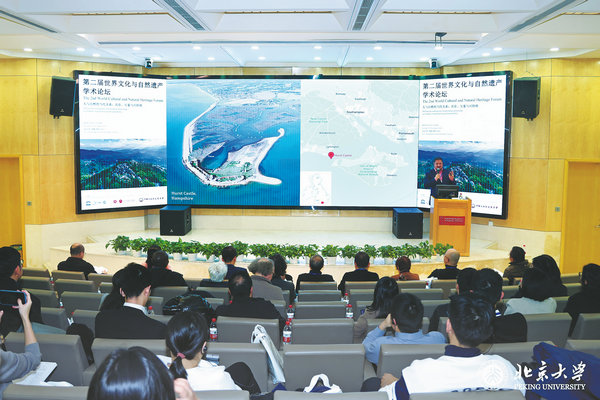 The situation is mirrored elsewhere. According to Du, many other sites around the Tarim Basin face similar threats brought about by climate change, and some are even more vulnerable than Subashi. As a result, he urges a plan for their overall protection. Alexander J. Kent, a member of the World Monuments Fund Britain, shares the influence of climate change on coastal heritage sites, and urges more cooperation in the field. He says that a storm had led to the partial collapse of Hurst Castle, a 16th-century coastal fortress located on a shingle spit directly facing the full force of the wind and waves in the southern English county of Hampshire. In February 2021, a section of the wall in the 19th-century east wing of the castle suddenly collapsed after a storm, as the sea had exposed and undercut its foundations. "Climate change and rising sea levels threaten to further undercut the castle and could lead to further loss," Kent says, adding that while an emergency engineering response has bought time, the long-term future of the castle remains uncertain. He explains that rising sea levels, increased coastal erosion, storms and precipitation caused by climate change can make it very difficult to find long-term sustainable solutions to protect these sites. Kent now leads Coastal Connections, an initiative to form a network to share expertise and practice in addressing the influence of climate change on coastal heritage sites around the world. "Statistics show that 17 percent of UNESCO World Heritage Sites are located within 5 kilometers of a coastline, so it's a common challenge that faces us all," he says. He adds that in some parts of Tanzania, planting mangrove forests has been successful in slowing the rate of coastal erosion and that this approach could work elsewhere, and urges the increased exchange of ideas and cooperation on the issue, as well as the use of more technological tools in its study. The forum was launched last year in commemoration of the 50th anniversary of the Convention Concerning the Protection of the World Cultural and Natural Heritage in 1972, and was held online. The November event is its first face-to-face meeting. |
 |Archiver|小黑屋|丝路遗产丝绸之路:长安天山廊道的路网
( 陕ICP备07011065号-3 )
|Archiver|小黑屋|丝路遗产丝绸之路:长安天山廊道的路网
( 陕ICP备07011065号-3 )
GMT+8, 2024-5-9 22:28 , Processed in 0.083547 second(s), 19 queries .
Powered by Discuz! X3.5
© 2001-2024 Discuz! Team.